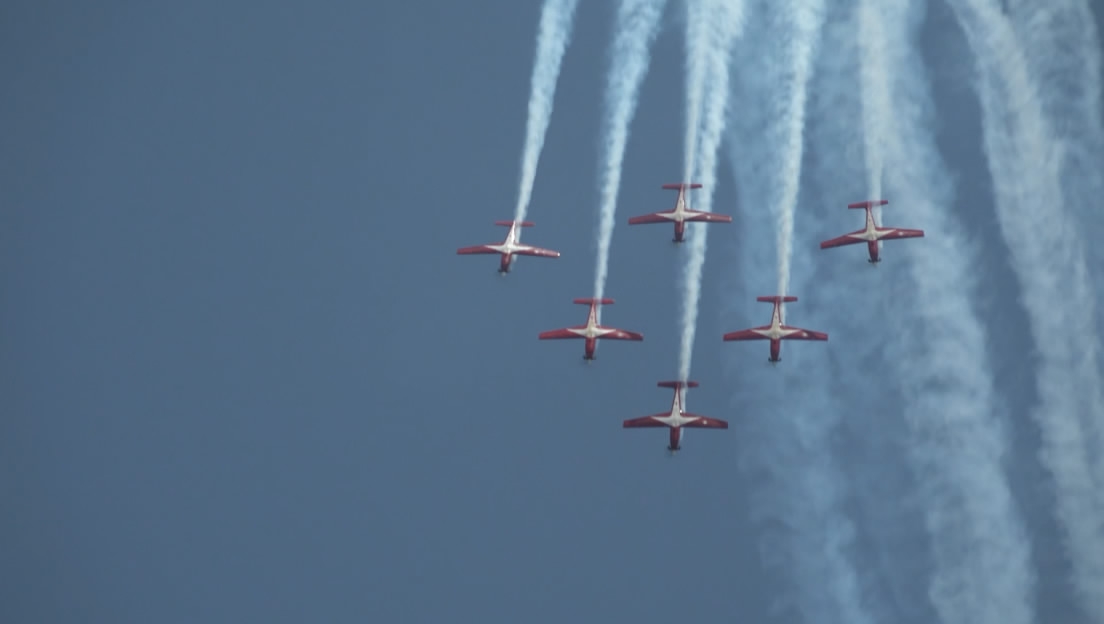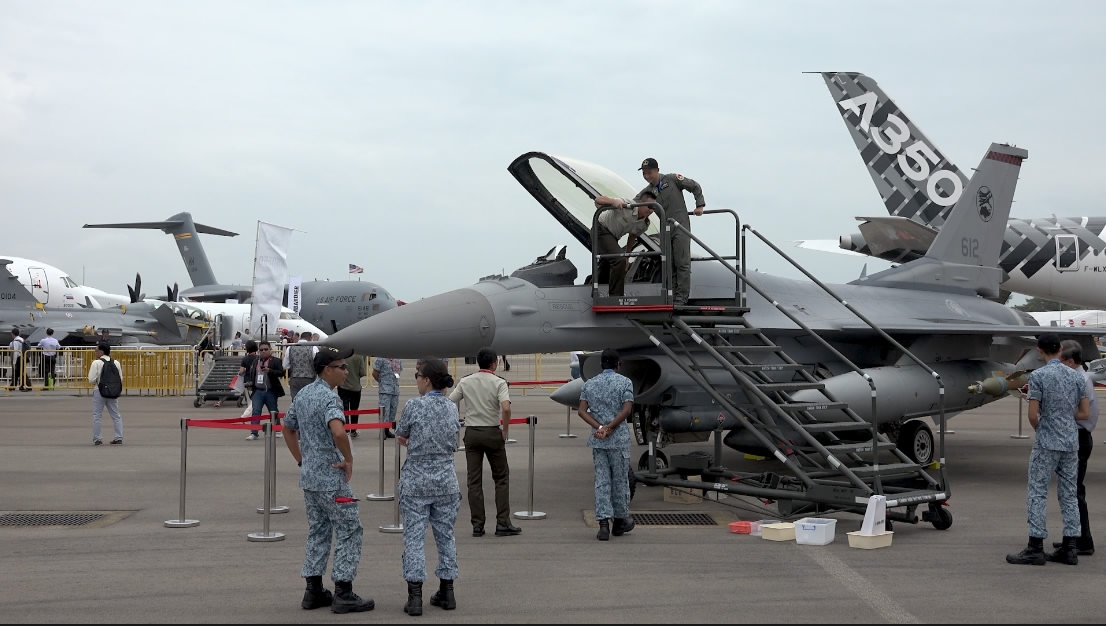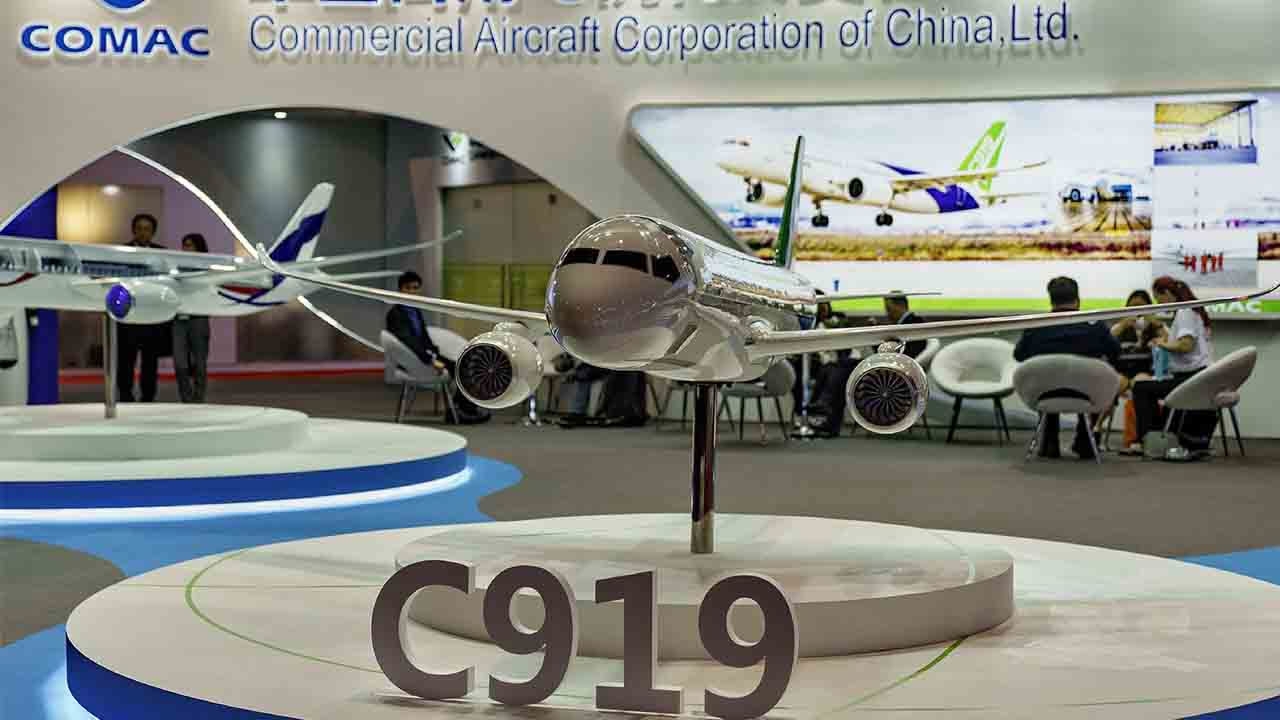
Aviation
23:04, 09-Feb-2018
Singapore Airshow 2018: Well worth the fanfare
By Miro Lu

Asia’s largest aerospace exhibition Singapore Airshow hosted over 1,000 participating firms this year, including 65 of the world’s top 100 aerospace companies.
It was once again full of highlights – from an aerial acrobatic display to the Republic of Singapore Air Force’s (RSAF) Golden Jubilee celebration.
Republic of Singapore Air Force turns 50

The RSAF launched its yearlong 50th anniversary celebrations at the Singapore Airshow, where President Halimah Yacob unveiled an F-15SG decorated with special RSAF50 livery. Three F-15SGs commemorated the occasion with a symbolic flypast.
In her keynote address, President Halimah recognized the RSAF’s role in safeguarding Singapore’s sovereignty.
“Singapore's status as a vibrant air and trade hub today is founded upon the security provided by a strong defense force.”
Visitors got up close to 11 different RSAF assets, including fighter jets, helicopters and unmanned autonomous vehicles (UAV). The RSAF also headlined the aerial display, putting up the world’s first combined flying performance comprising an F-15SG and two F-16Cs. As the aircraft have different handling characteristics, flying them together requires precision and control by the pilots.
Aerial display wows crowds
The aerial display is a crowd favorite at the biennial airshow, and this year’s installment did not disappoint. Besides the RSAF’s headline act, six KAI KT-1s from the Indonesian Air Force Jupiter Aerobatic team performed alongside countries such as Malaysia, Thailand and the United States.
However, the feted eight-man Republic of Korea Air Force Acrobatic Team were forced to withdraw from the aerial display after one of their aircraft skidded, crashed and caught fire next to a Changi Airport runway on February 6. The pilot sustained light injuries.
Chinese companies bring innovation

Besides showcasing the latest aircraft from industry leaders such as Gulfstream and Airbus, the Singapore Airshow also drew Chinese companies looking to make their mark on the world stage.
The Commercial Aircraft Corporation of China (COMAC) displayed a model of its C919 regional jet, which completed its maiden flight last May. The company says it has secured foreign clients such as GE Capital Aviation Services, German start-up Puren Airlines and City Airways of Thailand.
Meanwhile, Chengdu-based Star UAV System displayed the world’s first large cargo UAV, which will cut travel time to islands or mountainous areas.
“For example, Singapore has 63 islands. Malaysia, Indonesia, they all have many islands. There are needs for goods supply and transportation. Using AT200 can cut down the time significantly,” said Xiang Liqi, director of Star UAV System.
Business jet makers woo Chinese market

With China’s business jet market picking up speed, companies at the Singapore Airshow are looking to capitalize on the Chinese currency. It’s a market with room to grow – the Hurun Business Jet Report estimates that there is enough demand for 1,900 business jets to be operational in China. That number is currently below 500.
Industry leader Gulfstream, which has 70 percent of China’s large-cabin market share, displayed their latest G500 and G600 models. Meanwhile, French jet maker Dassault Aviation featured the latest Falcon 8X.
Jean Michel Jacob, president of Dassault Aviation Falcon Asia-Pacific, observed that business jets are gaining popularity in China.
“I saw over the last 10 years an incredible change in the way people are getting used to this activity. Ten years ago it was still a curiosity; today it’s really a part of daily life for people to use a business jet,” said Jacob.

SITEMAP
Copyright © 2018 CGTN. Beijing ICP prepared NO.16065310-3
Copyright © 2018 CGTN. Beijing ICP prepared NO.16065310-3